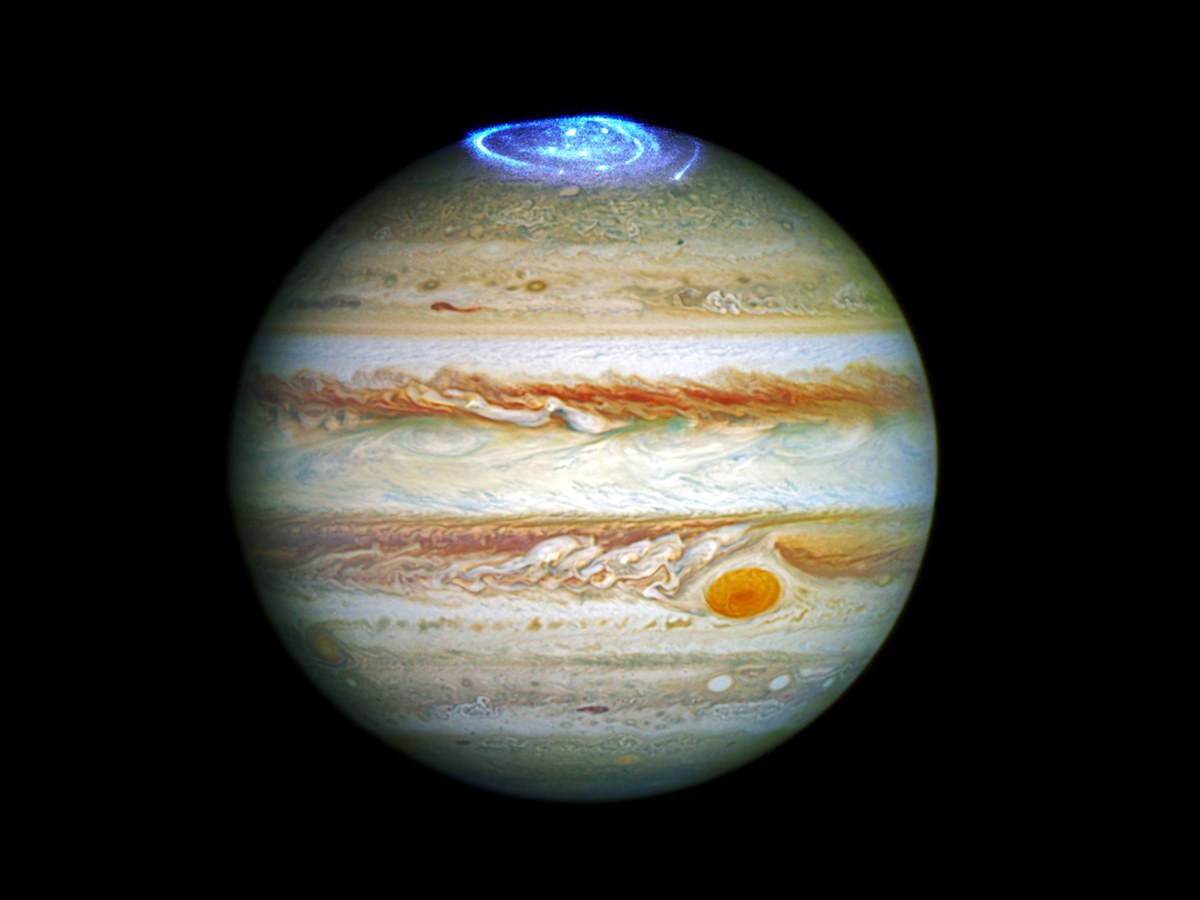
Although NASA’s Cassini mission is now coming to an end at Saturn, the Juno spacecraft is continuing to orbit Jupiter, sending back an incredible amount of science and stunning images of the largest planet in our Solar System. The results have scientists excited, since not only are they providing more insight and adding to what we know about Jupiter, they are also showing how the planet is a lot different than had been assumed. This includes the planet’s polar auroras, which seem to behave different from would be expected, based on what is known about auroras on Earth.
“Almost nothing is as we anticipated,” Juno’s principal investigator Scott Bolton had previously told WIRED. “But it’s exciting that Jupiter is so different than we assumed.”
The data that Juno has continued to collect since then confirms and builds upon those findings. A lot of previous theories about Jupiter have been shown to be wrong, as often happens in any mission such as this, but that is a good thing.
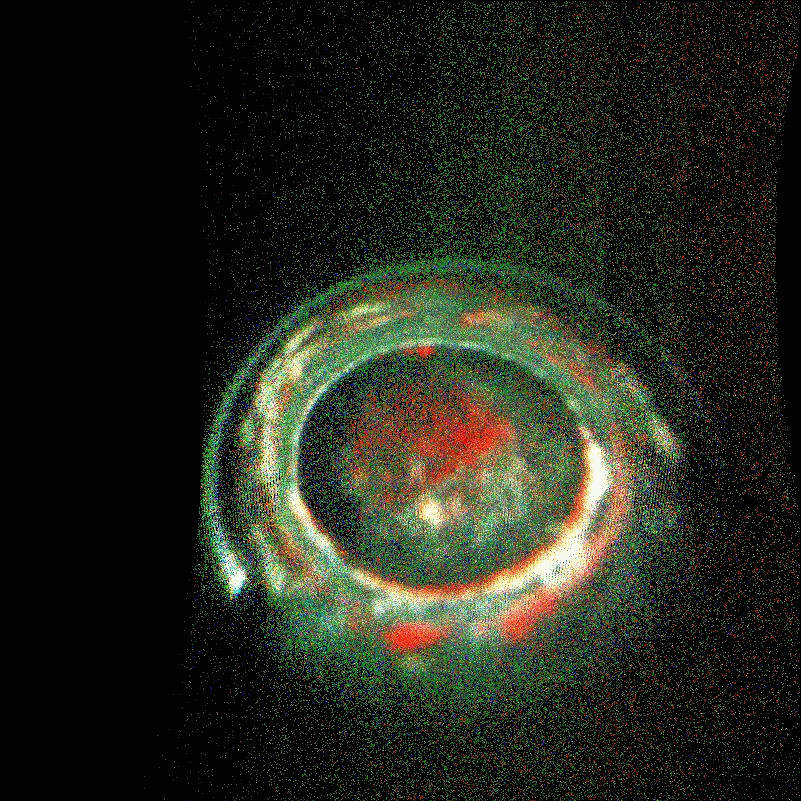
“The data’s telling us our ideas are all wrong,” says Randy Gladstone, lead investigator of Juno’s ultraviolet spectrograph. “But that’s fun.”
Jupiter is a complex planet, and thanks to Juno, we now know it is even more complex than first thought. As reported earlier in AmericaSpace, it is now a “whole new world.” The planet’s auroras are one good example. Scientists had expected them to be about 10 – 30 times stronger than those on Earth, but according to Juno, they are a hundred times more powerful. That’s a fascinating problem, since according to what we know about them on Earth, they shouldn’t be; they are essentially “defying Earthly laws of physics.”
“Basically, the aurora is a factor of 10 brighter than it should be based on Earth-like physics,” Mauk said.
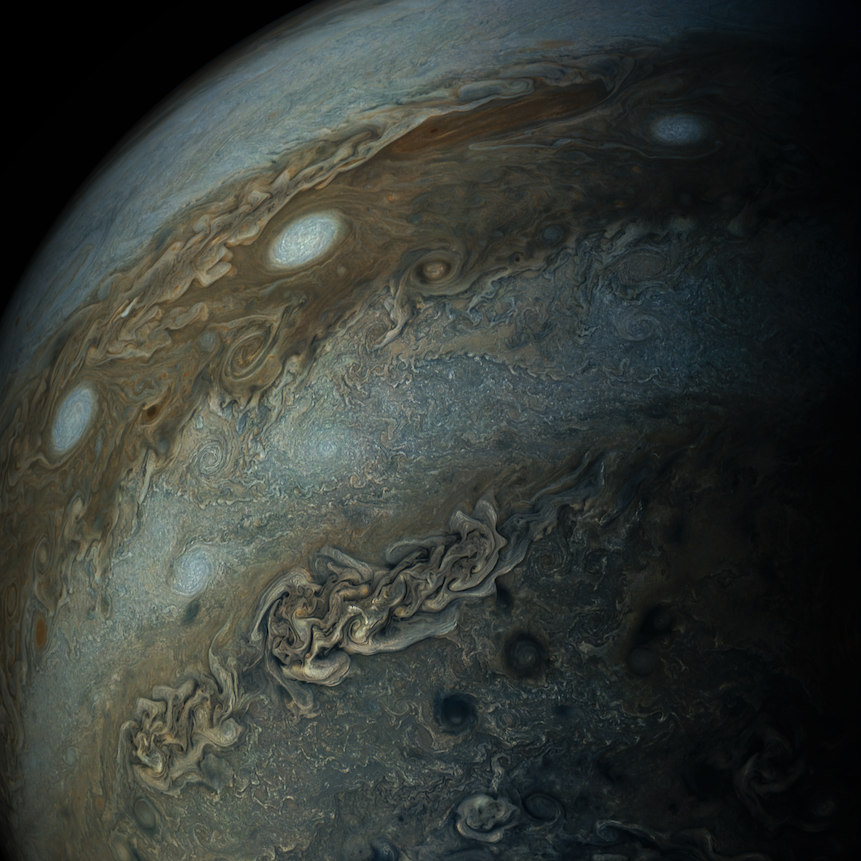
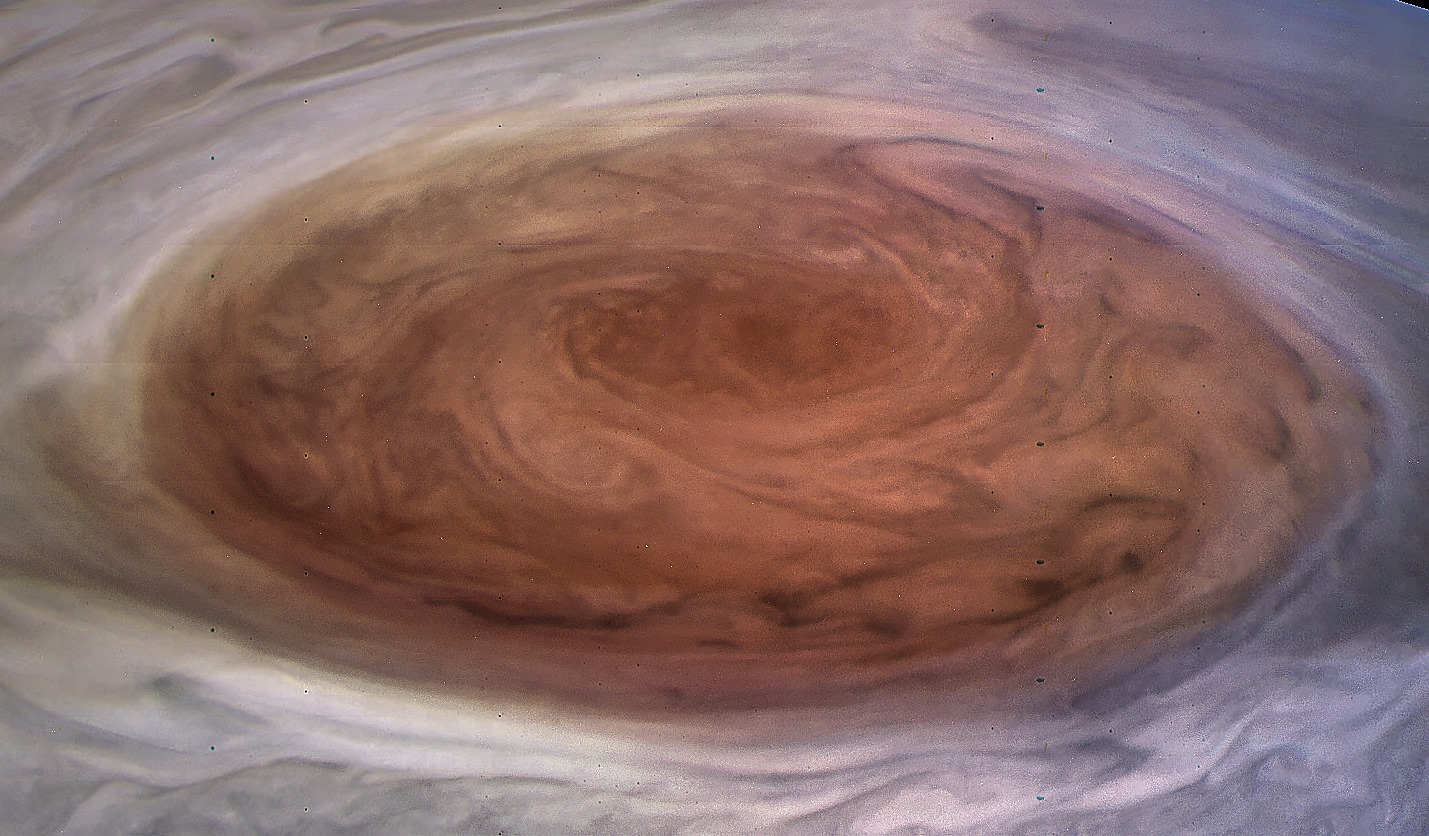
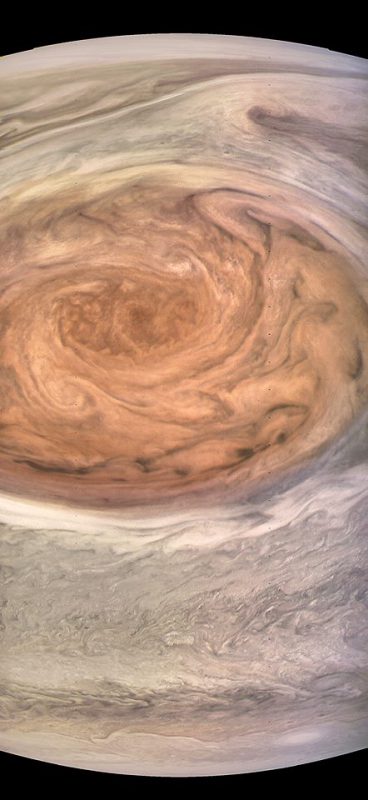
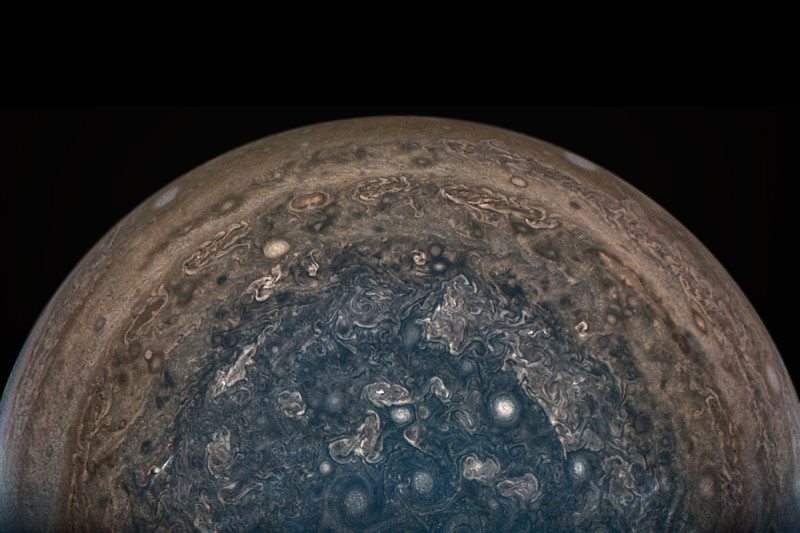
Juno has also observed numerous cyclone-type storms at Jupiter’s poles, in unprecedented detail, and found that the cloud belt closest to the equator, easily seen in small telescopes, extends much further down into the atmosphere than previously thought. The findings also show that Jupiter’s atmosphere is much more irregular in structure than previously known, with a “fuzzy core.”
Juno also recently took the closest-ever images of Jupiter’s Great Red Spot, a gigantic long-lived storm in the atmosphere.
“Jupiter’s mysterious Great Red Spot is probably the best-known feature of Jupiter,” said Scott Bolton, principal investigator of Juno from the Southwest Research Institute in San Antonio. “This monumental storm has raged on the Solar System’s biggest planet for centuries. Now, Juno and her cloud-penetrating science instruments will dive in to see how deep the roots of this storm go, and help us understand how this giant storm works and what makes it so special.”
More information about the Juno mission is available here and here.
Be sure to “LIKE” AmericaSpace on Facebook and follow us on Instagram & Twitter!
SaveSave
SaveSave






INCREDIBLE!!!!!!!!!!
To harness that power…
https://www.nextbigfuture.com/2017/09/improved-magnetic-sail-presented-at-mars-society-conference.html